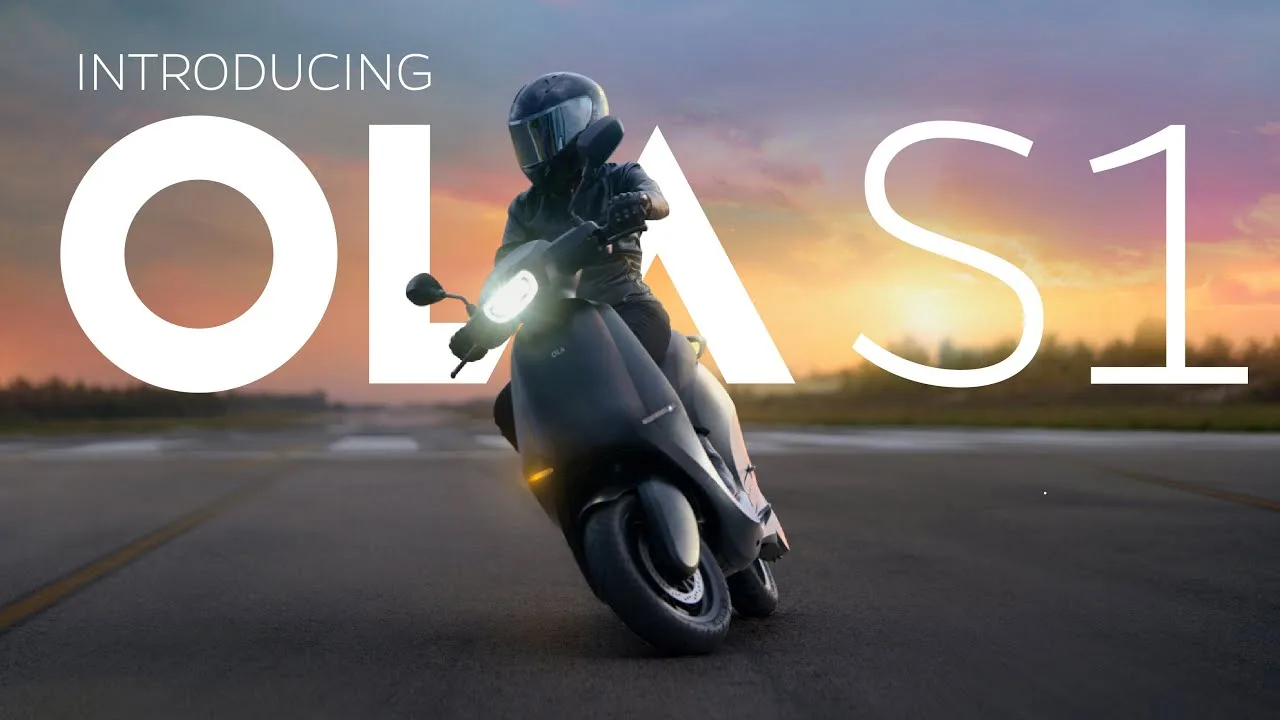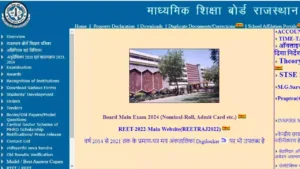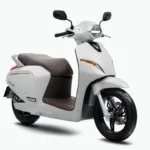Ola Electric, a subsidiary of the ride-hailing giant Ola, has emerged as a significant player in the burgeoning Indian electric two-wheeler market. Launched in 2021, the company has garnered considerable attention with its aggressive pricing, innovative features, and ambitious production goals. Let’s delve into the key aspects of Ola Electric and its impact on the Indian EV landscape:
Disruptive Pricing Strategy
Ola Electric entered the market with a bold pricing strategy, offering the S1 and S1 Pro scooters at considerably lower prices compared to established competitors like Bajaj and TVS. This aggressive pricing attracted a large customer base, particularly price-sensitive buyers in urban and semi-urban regions. However, initial production delays and delivery issues impacted customer satisfaction and created concerns about the company’s ability to meet its ambitious targets.
Focus on Technology and Innovation
Ola Electric emphasizes technological advancements and innovative features in its products. The S1 and S1 Pro scooters boast impressive specifications, including a claimed range of up to 240 km on a single charge (as per ARAI certification), a modern design language, and features like a keyless system, mobile app connectivity, and cruise control. This focus on technology differentiates Ola Electric from its competitors, particularly in the budget segment.
Building a Manufacturing Ecosystem
Ola Electric has invested heavily in building a massive manufacturing facility – the “Future Factory” – in Tamil Nadu. This facility, once fully operational, aims to become the world’s largest electric two-wheeler factory, with a projected capacity of 10 million scooters per year. This ambitious project signifies the company’s long-term commitment to the electric two-wheeler market and its potential to become a major player in the global EV industry.
Challenges and Concerns
Despite its initial success, Ola Electric faces significant challenges. The company has faced criticism for delayed deliveries, software glitches, and issues with customer service. Additionally, concerns still linger regarding the long-term sustainability of its aggressive pricing strategy and the potential impact on profitability.
Furthermore, the lack of widespread charging infrastructure remains a major hurdle for the adoption of electric vehicles in India. While Ola Electric plans to address this concern by setting up its own charging network, the success of such an endeavor remains to be seen.
Future Outlook
Ola Electric’s future success depends on its ability to overcome the current challenges. Addressing production delays, improving customer service, and ensuring the quality and reliability of its products will be crucial to building trust and brand loyalty. Additionally, navigating the evolving regulatory landscape and collaborating with the government and other stakeholders to create a conducive environment for electric vehicle adoption will be essential for Ola Electric’s long-term success.
Conclusion
Ola Electric has undoubtedly shaken up the Indian electric two-wheeler market with its disruptive pricing strategy and focus on technology. However, the company needs to overcome significant challenges to maintain its momentum and solidify its position as a leader in the EV landscape. The future of Ola Electric is undeniably intertwined with the overall growth and development of the Indian electric vehicle industry, and its success will depend on its ability to adapt, innovate, and deliver on its ambitious promises.














